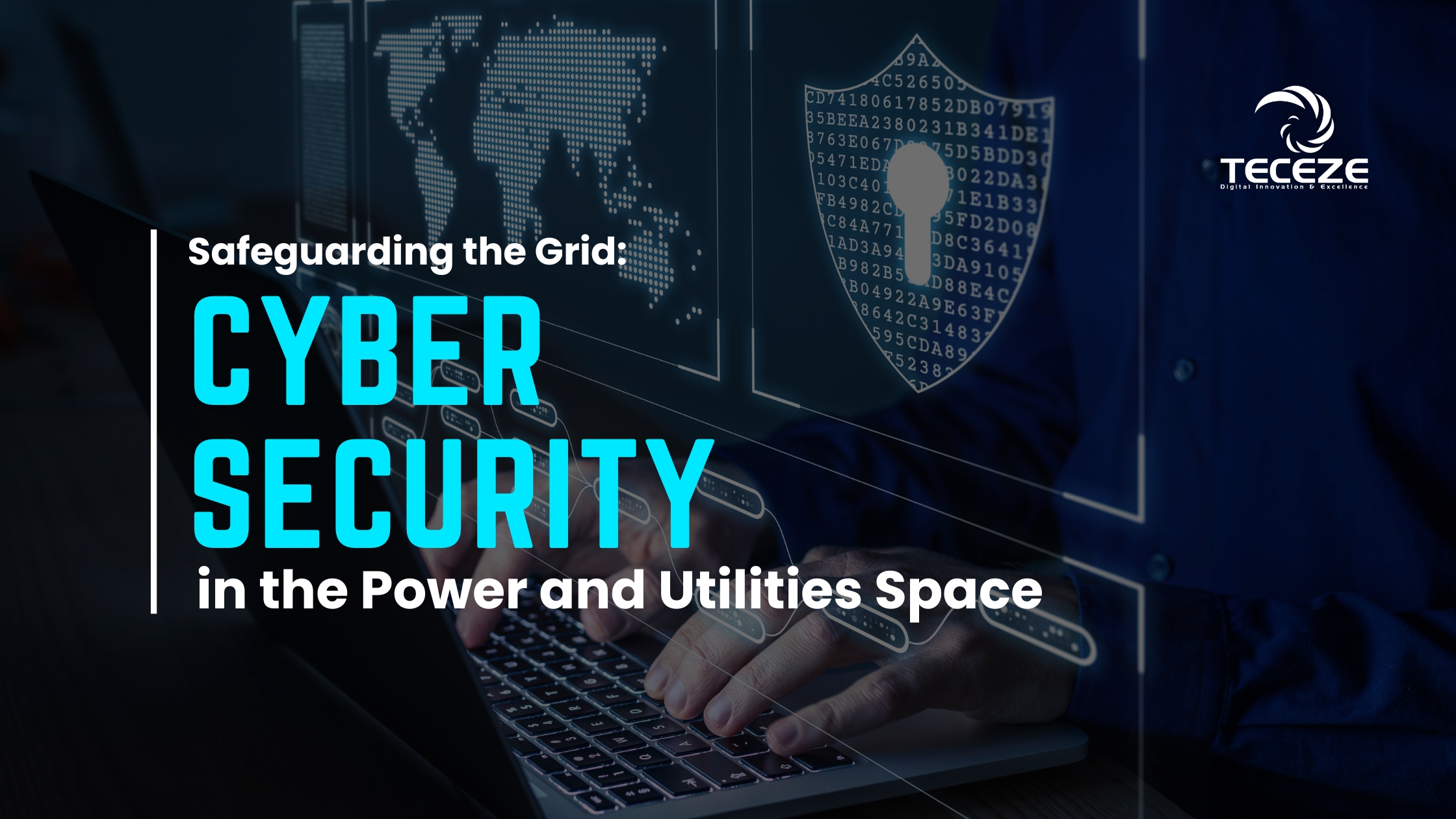Cyber Security in the Power and Utilities Space
Table of Contents
5 Cybersecurity Threats in the Utilities Industry
In today's digitally connected world, the power and utilities sector is a critical backbone, ensuring that electricity flows reliably to homes, businesses, and industries. However, as these systems become increasingly interconnected and reliant on digital technologies, they become more vulnerable to cyber threats. Cybersecurity in the power and utilities space has never been more important, as the consequences of a breach can extend far beyond mere inconvenience.
The Growing Cyber Threat Landscape
The power and utilities sector faces many cyber threats, ranging from ransomware attacks and data breaches to sophisticated nation-state-sponsored intrusions. With the rise of smart grids, IoT devices, and interconnected systems, the attack surface for malicious actors has expanded significantly. These threats not only target the confidentiality, integrity, and availability of critical systems but also pose risks to public safety and national security.
Vulnerabilities in the Power Grid
The power grid comprises complex networks of generation plants, transmission lines, substations, and distribution systems. Each component presents its own set of vulnerabilities that could be exploited by cyber attackers. For example, a successful breach could disrupt power generation, manipulate grid operations, or even cause physical damage to equipment, leading to widespread outages and financial losses.
Importance of Cybersecurity Measures
Given the high stakes involved, power and utility companies must prioritize cybersecurity measures to protect their assets and infrastructure. This includes implementing robust access controls, encryption protocols, intrusion detection systems, and continuous monitoring tools. Regular security audits and penetration testing are also essential to identify and address potential weaknesses before they can be exploited by malicious actors.
Collaboration and Information Sharing
Cyber threats are constantly evolving, requiring a proactive and collaborative approach to defense. Power and utility companies must work closely with government agencies, industry associations, and cybersecurity experts to share threat intelligence, best practices, and mitigation strategies. By pooling resources and expertise, stakeholders can better anticipate emerging threats and respond effectively to cyber incidents.
Regulatory Compliance and Standards
Regulatory bodies play a crucial role in ensuring that power and utility companies adhere to cybersecurity standards and regulations. For example, in the United States, the North American Electric Reliability Corporation (NERC) imposes mandatory cybersecurity requirements on bulk power system operators through its Critical Infrastructure Protection (CIP) standards. Compliance with these standards not only helps mitigate cyber risks but also enhances overall grid resilience.
Investing in Workforce Training and Development
Ultimately, cybersecurity is as much about people as it is about technology. Power and utility companies must invest in training and developing their workforce to recognize and respond to cyber threats effectively. This includes providing employees with cybersecurity awareness training, conducting tabletop exercises and simulations, and fostering a culture of vigilance and accountability throughout the organization.
Conclusion
As the power and utilities sector embraces digital transformation, the need for robust cybersecurity measures has never been greater. By proactively identifying vulnerabilities, implementing best practices, fostering collaboration, and investing in workforce development, companies can better protect critical infrastructure and ensure the reliability and resilience of the grid. In an increasingly interconnected world, safeguarding the power grid against cyber threats is not just a necessity—it's a collective responsibility that requires ongoing vigilance and commitment from all stakeholders.
 Back to Insights
Back to Insights
 Previous
Previous 